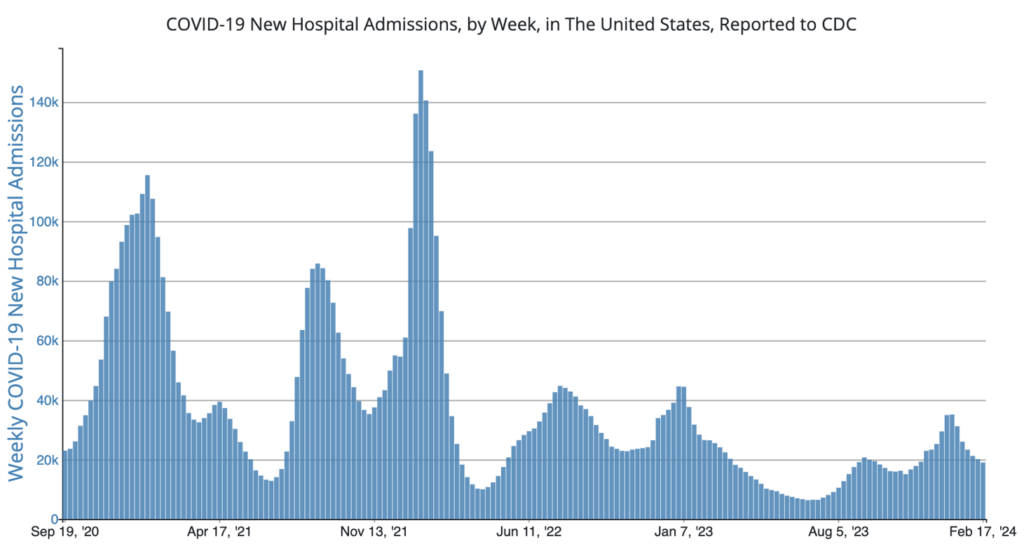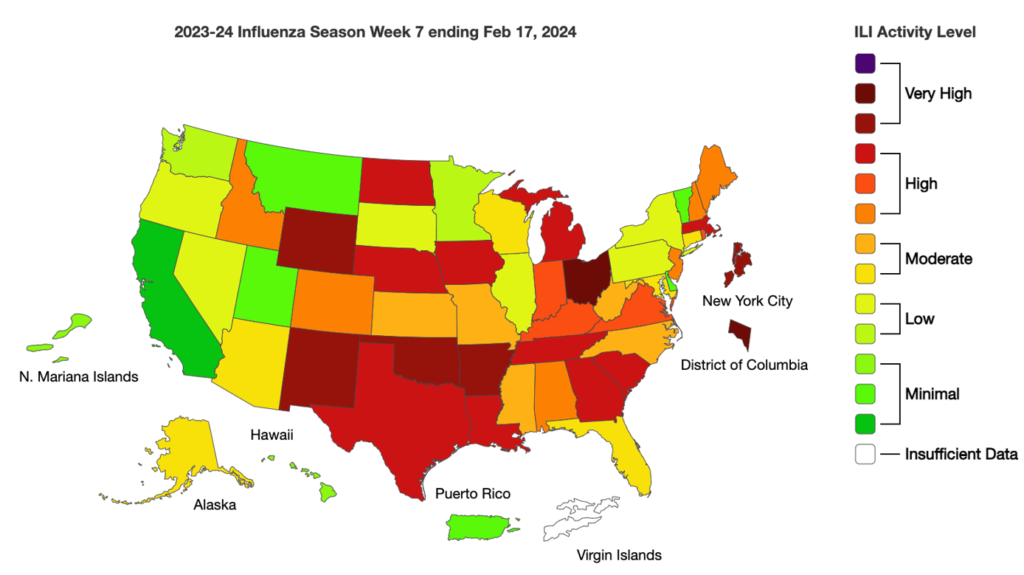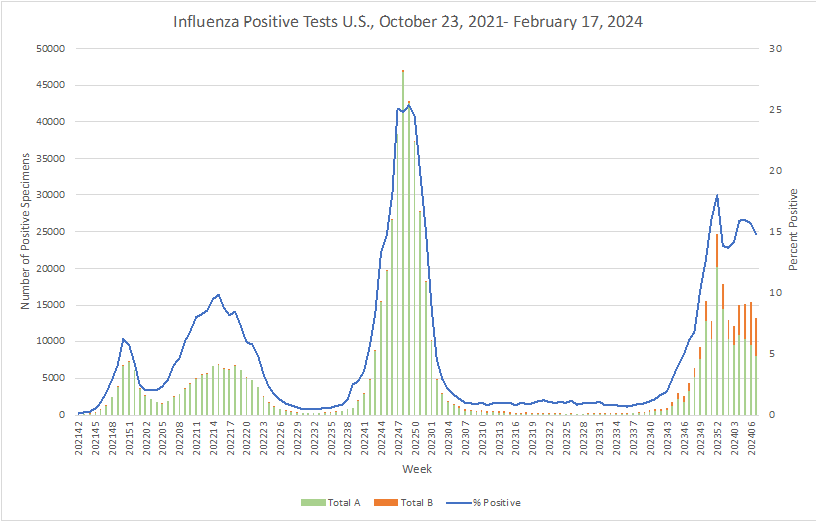In January, we discussed the reality and symptoms of Long COVID and the ADA protection of those who have it. But did you know that a CDC 2022 report showed that more than 6% of noninstitutionalized U.S. adults – approximately 18 million people – have had symptoms of Long COVID? Additionally, 8.8 million are reported to currently have the illness. Those in the 35-49 age group were most likely to report that they have had (8.9%) or now have (4.7%) Long COVID; women are more likely than men to have or have had the condition; and 1.3% of children were reported by their parents to have had it. The highest prevalence occurred in the South, Midwest, and West, with lower prevalence in the New England and Pacific states.
Since the publication of that study, more cases have been reported, with many experts agreeing that up to 15% of those who have had COVID continue to have lasting symptoms, and another study showed that at least 200 million people worldwide have had Long COVID.
How can you protect yourself against Long COVID?
The most effective (if most obvious!) answer is to protect yourself against COVID, following all the long-advocated protections: distancing yourself from others who are ill, washing your hands regularly, and maintaining updated vaccinations. But the greatest prevention is COVID vaccinations.
Several studies have shown that vaccination is very effective in preventing Long COVID, even for those who have had COVID. One multinational study of primary care patients found that the COVID vaccination consistently reduced the risk of Long COVID, with efficacy ranging from 29% to 52%.
While a vaccine can help to prevent Long COVID even if injected after a person has had COVID, receiving multiple doses before an initial infection can dramatically reduce the risk of long-term symptoms. Essentially, the studies say, the more COVID vaccines you receive before ever having COVID, the less likely you are to get Long COVID. As a study published in BMJ found:
- a single COVID vaccine dose reduced the risk of Long COVID by 21%
- 2 doses reduced it by 59%
- 3 or more doses reduced it by 73%.
This is supported by the fact that the prevalence of Long COVID is currently 11% in the unvaccinated and 5% in those who have received two or more vaccine doses.
Maintaining infectious disease protections in your facility, requiring those who are ill to stay home, and encouraging vaccination can all help keep your business healthier. For assistance with your Infectious Disease Protection Plan, give TAG a call. Our experts can help!
COVID Risk Matrix:

Influenza:


Infectious Disease News:
- Researchers at the University of Pennsylvania have developed techniques that deliver vascular endothelial growth factor alpha via lipid nanoparticles to greatly enhance modes of repair for damaged blood vessels in lung tissues damaged from flu or COVID.
- In Canada, it is reported that mid-season vaccine effectiveness against the SARS-CoV-2 Omicron XBB.1.5 variant is 47% against medically attended outpatient COVID-19 and 67% among previously infected people. The same study reports that the flu vaccine is 63% effective against medically attended outpatient infection with the influenza A H1N1 strain and 40% against H3N2.
- Per CDC, the northeast region of the country has the highest positivity rate for norovirus.
- Indonesia is taking action to end the TB epidemic by 2030 and reduce cases to less than 1 case per 1 million population in 2050. The three main pillars of the program include integrated and patient-centered TB services and prevention, policy and political commitment in the health sector to eliminate TB in Indonesia, and research and innovation in addressing TB-related challenges in Indonesia, in line with WHO strategies.
- Brazilian researchers are studying the impacts of reallocation of healthcare resources and the restrictions imposed by the COVID-19 pandemic. They have found that these had a negative impact on TB disease outcomes due to limits on access to TB diagnosis and treatment.
- Washington State experienced a substantial rise in pertussis incidence beginning in 2011. Researchers have determined that there is diversity among the strains of Bordetella pertussis causing the illnesses, with several mutations noted.
- A Canadian doctor has recommended that before you go on spring break, make sure you have 2 measles shots. This recommendation comes as a result of globally increased rates of measles activity due to the decline in measles vaccinations during the pandemic.
- Xolair, a drug used to treat allergic asthma and hives significantly reduced the risk of life-threatening reactions in children with severe food allergies who were exposed to trace amounts of select allergens in a recent study. The FDA has approved the drug for adults and children over the age of 1 with food allergies.
- Peru’s health ministry declared a dengue emergency for 20 out of the country’s 25 regions. The declaration will be in effect for 90 days. More than 30,000 suspected dengue cases have been reported, 17,965 of them confirmed and 32 fatal.





